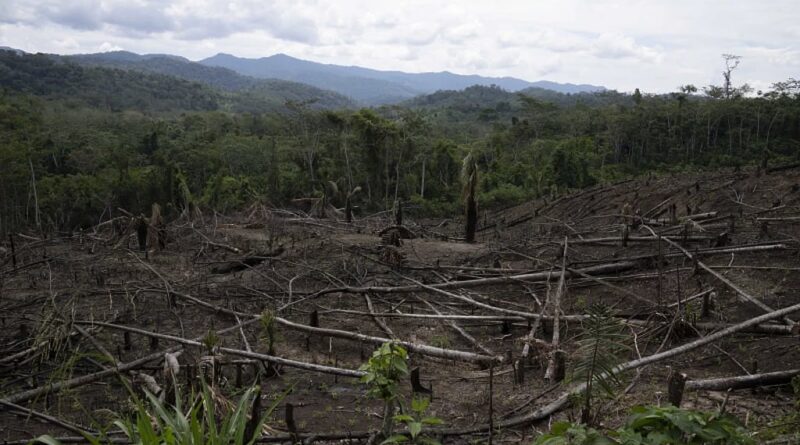As Amazon’s ‘flying rivers’ weaken with tree loss, scientists warn of worsening droughts
BOGOTA, Colombia: Droughts have withered crops in Peru, fires have scorched the Amazon and hydroelectric dams in Ecuador have struggled to keep the lights on as rivers dry up. Scientists say the cause may lie high above the rainforest, where invisible “flying rivers” carry rain from the Atlantic Ocean across South America.If you break that pump by cutting down too much forest, the rains stop reaching where they need to go.”
What are flying rivers and how do they work?
Most of the Amazon’s rainfall starts over the Atlantic Ocean. Moist air is pushed inland by steady winds that blow west along the equator, known as the trade winds. The forest then acts like a pump, effectively relaying the water thousands of miles westward as the trees absorb water, then release it back into the air.The forest acts like a pump, effectively relaying the water thousands of miles westward as the trees absorb water, then release it back into the air.
Brazilian climate scientist Carlos Nobre was among the early researchers who calculated how much of the water vapor from the Atlantic would move through and eventually out of the Amazon basin. He and colleagues coined the “flying rivers” term at a 2006 scientific meeting, and interest grew as scientists warned that a weakening of the rivers could push the Amazon into a tipping point where rainforest would turn to savannaPeru can do everything right to protect a place like Manu,” Finer said. “But if deforestation keeps cutting into the pump in Brazil, the rains that sustain it may never arrive.”
Nobre said as much as 50% of rainfall in the western Amazon near the Andes depends on the flying rivers.The last two years have brought the driest conditions the Amazon has ever seen,” Vriesendorp said. “Ecological calendars that Indigenous communities use — when to plant, when to fish, when animals reproduce — are increasingly out of sync. Having less and more unpredictable rain will have an even bigger impact on their lives than climate change is already having.”It’s during the dry months, when the forest most needs water, that the flying rivers are most disrupted,” Finer said.
Finer pointed to roads that can accelerate deforestation, noting that the controversial BR-319 highway in Brazil — a project to pave a road through one of the last intact parts of the southern Amazon — could create an entirely new deforestation
Farmers face failed harvests, Indigenous families struggle with disrupted fishing and hunting seasons and cities that rely on hydroelectric power see outages as the rivers that provide the power dry up.
Corine Vriesendorp, director of science at Conservacion Amazonica, based in Cusco, Peru, said the changes are already visible.
New analysis warns that relentless deforestation is disrupting that water flow and suggests that continuing tree loss will worsen droughts in the southwestern Amazon and could eventually trigger those regions to shift from rainforest to drier savanna — grassland with far fewer trees

